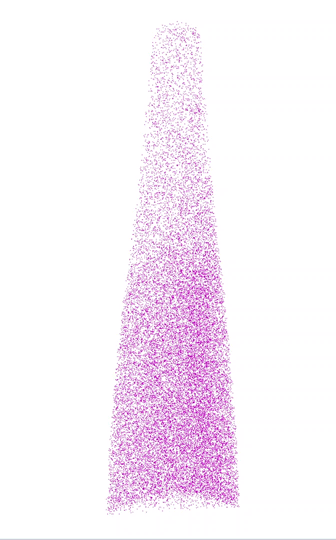
Ore Geology


Invisible Metals
In a significant proportion of economically highly payable gold deposits, gold is not visible, be it with the naked eye or with high powered microscopes. Such gold is colloquially referred to as invisible gold (inv-Au).
This inv-Au can be present in a number of deposit types, with the most famous being the so-called Carlin-type in which effectively all gold present occurs as inv-Au.
We are trying understand how gold and other critical metals are incorporated into sulfide minerals, to understand the process that cause these deposits to form but also to better guide extraction processes.
X-ray maps of gold containing arsenian-pyrite rims from Nevada.
Using atom probe tomography (APT) allows us to see the metals at the near atomic scale, determine the elements it is co-located with, and determine the isotopic signature of the surrounding sulfide mineral.
APT Datasets showing the distibution of iron, sulfur,
arsenic, and gold at the near-atomic scale.
(note gold atoms are drawn 2x scale for clarity)
Our group has developed a number of techniques to extract powerful new information out of APT datasets, including a way to extract the S isotopic signature from pyrite.
We are actively working on invisble metal deposits Carlin-type Au deposits in Nevada (USA), Yukon (Canada), and Guizhou (China).
Additionally, we are looking at the potential of historical gold-copper and lead-zinc mines (Austria and USA), which also contain inv-Au in sulfides as well and could be potentially be re-opened to extract gold and associated critical metals.
Fe
S
Au
As


300 nm

